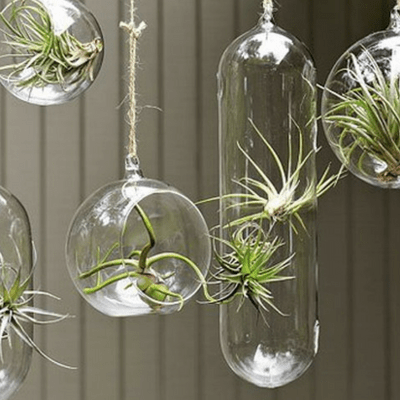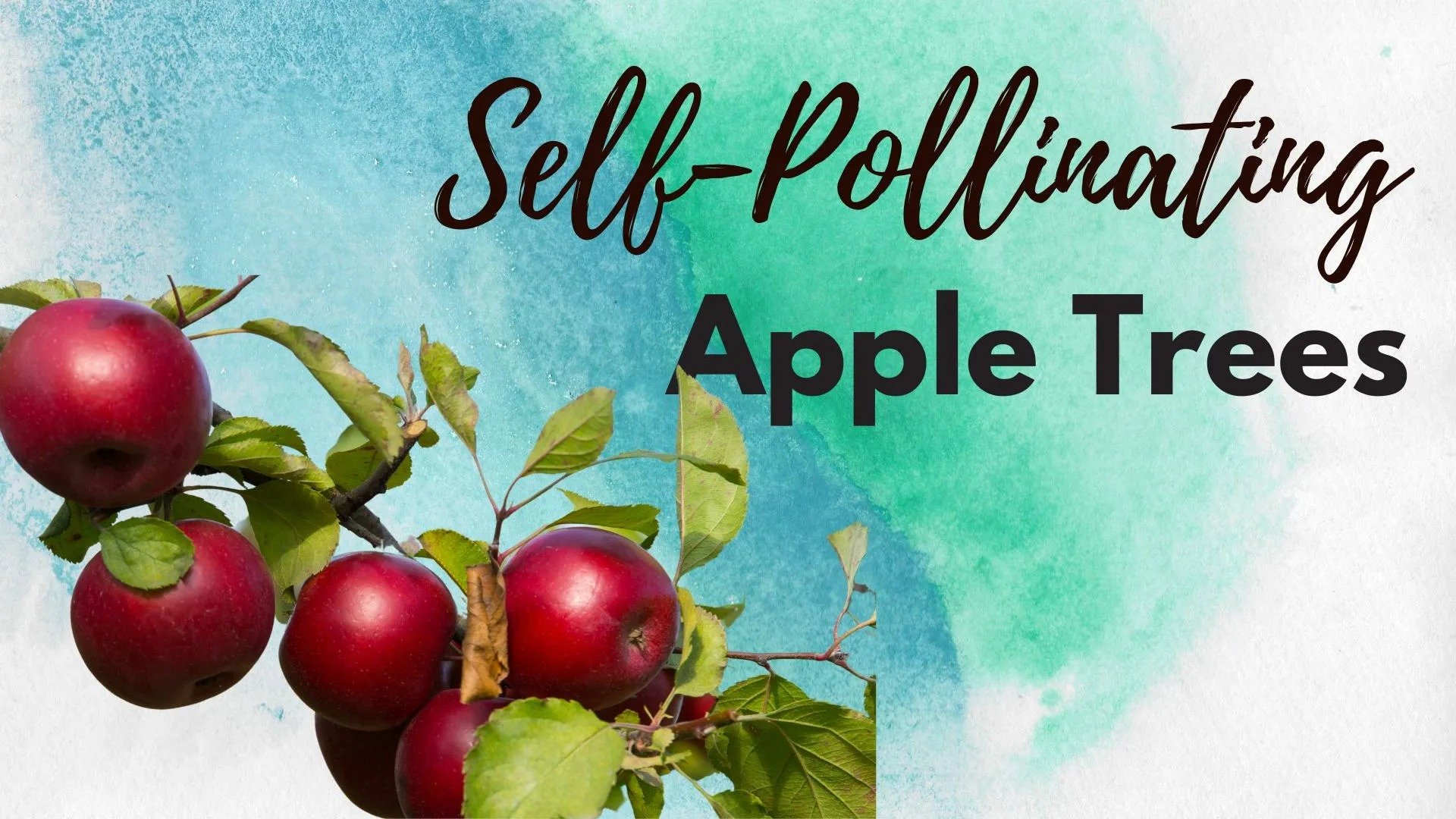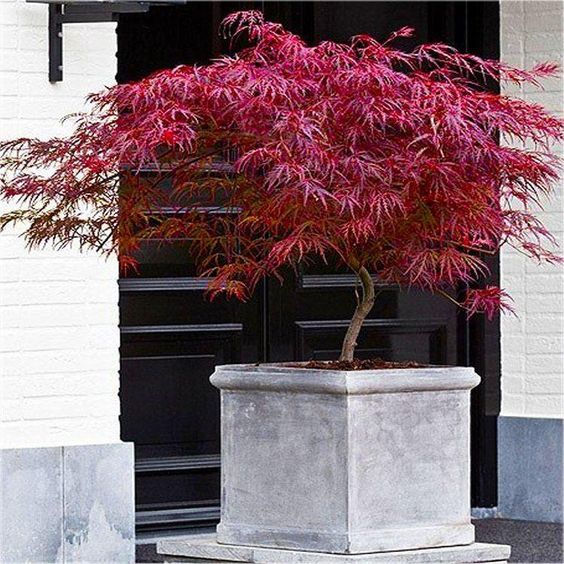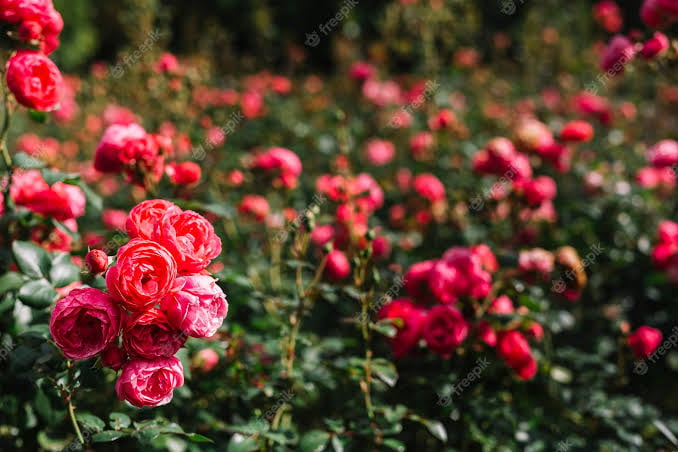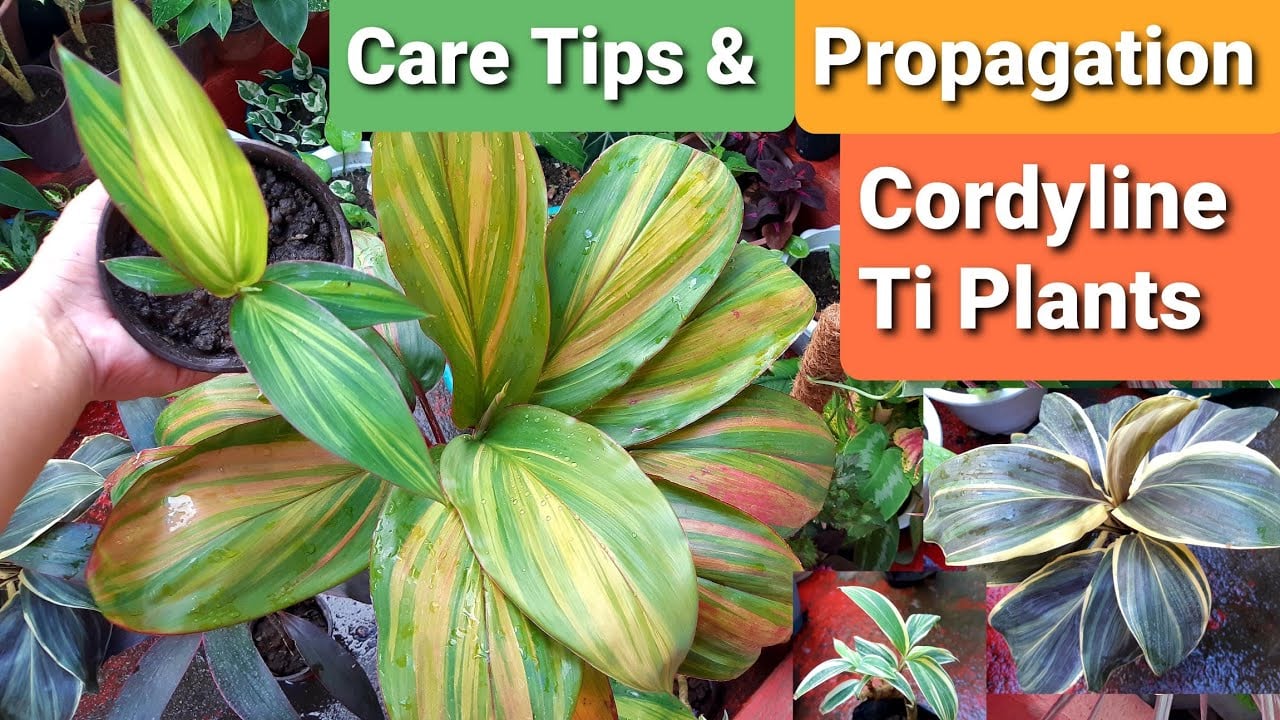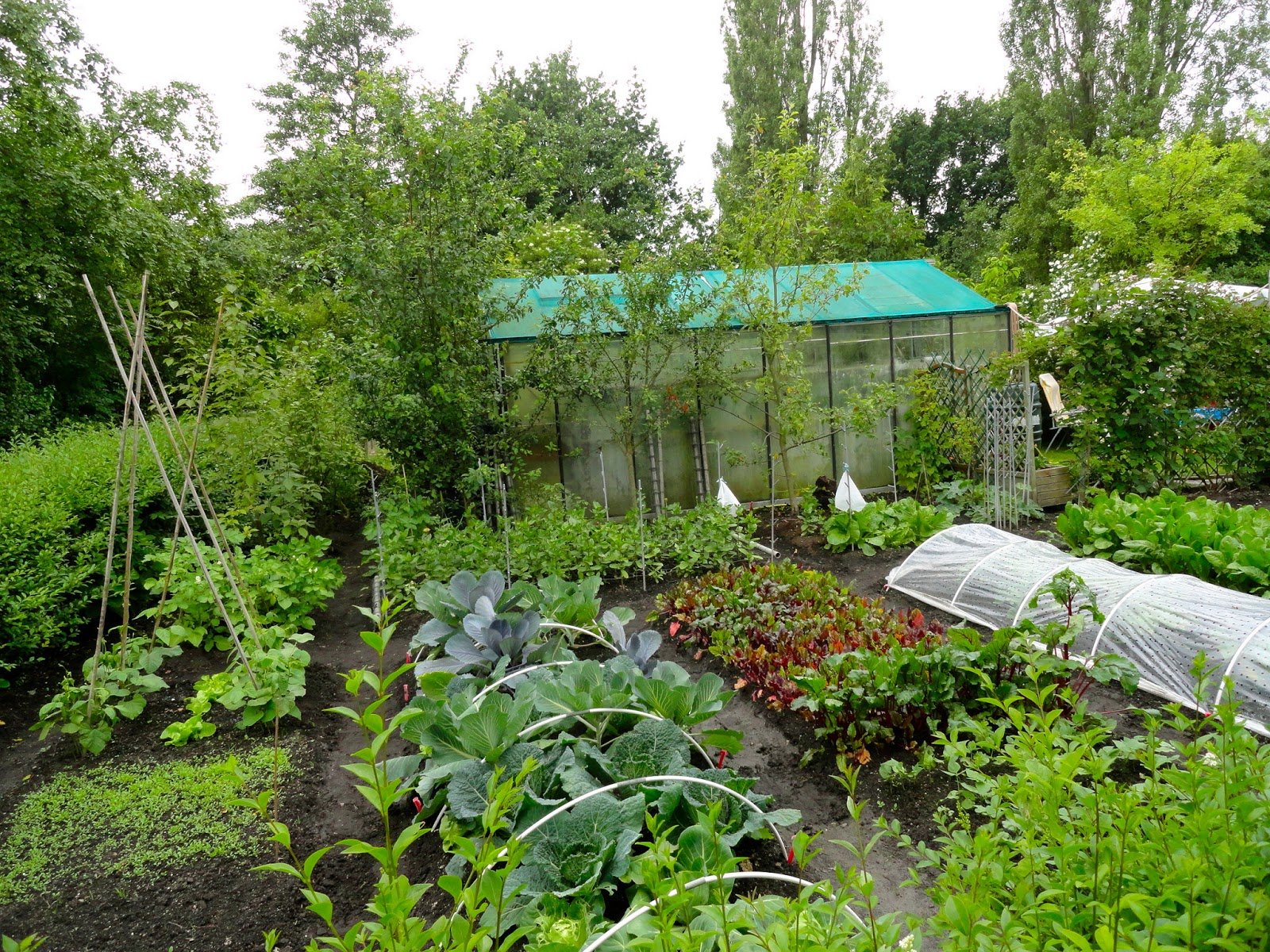Do Cordylines Need Repotting?
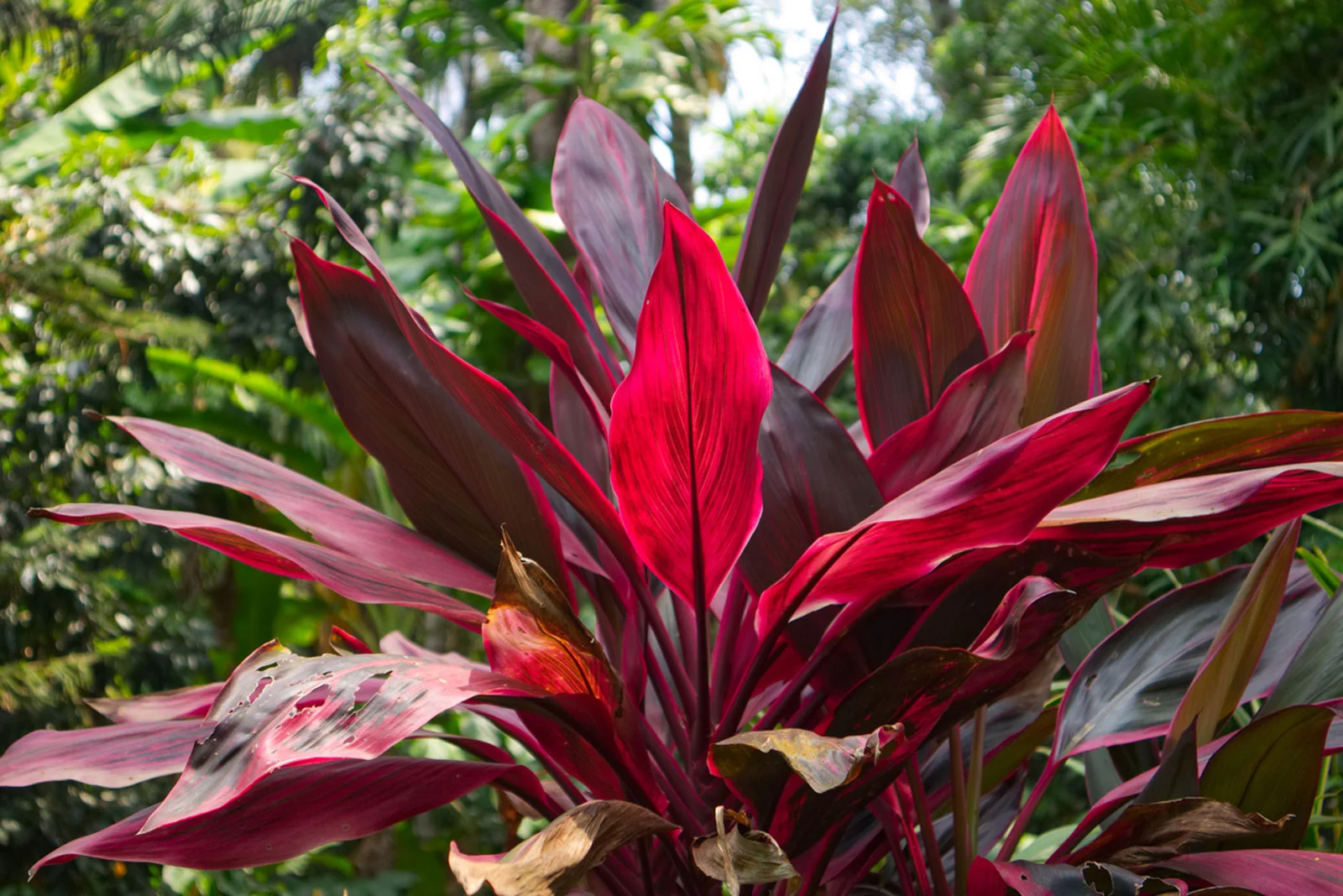
Table of Contents
Maintaining the natural vibes of Cordyline plants in one pot for a long time is a difficult task. They are popular for gardening and decorating plants because of their colorful and vibrant foliage.
They are used both outdoors and indoors because of their vibrant foliage features. The problem is most people don’t have expertise in the gardening or nursing of pot plants, despite their interest in the particularly vibrant foliage plants like the Cordyline.
No worries. We have compiled this post to help you learn more about the Cordylines and how to revive a dying cordyline to help you understand more about their potting.
So keep reading if you want to know more about the repotting of Cordylines.
Cordyline Plant Growth and Environment
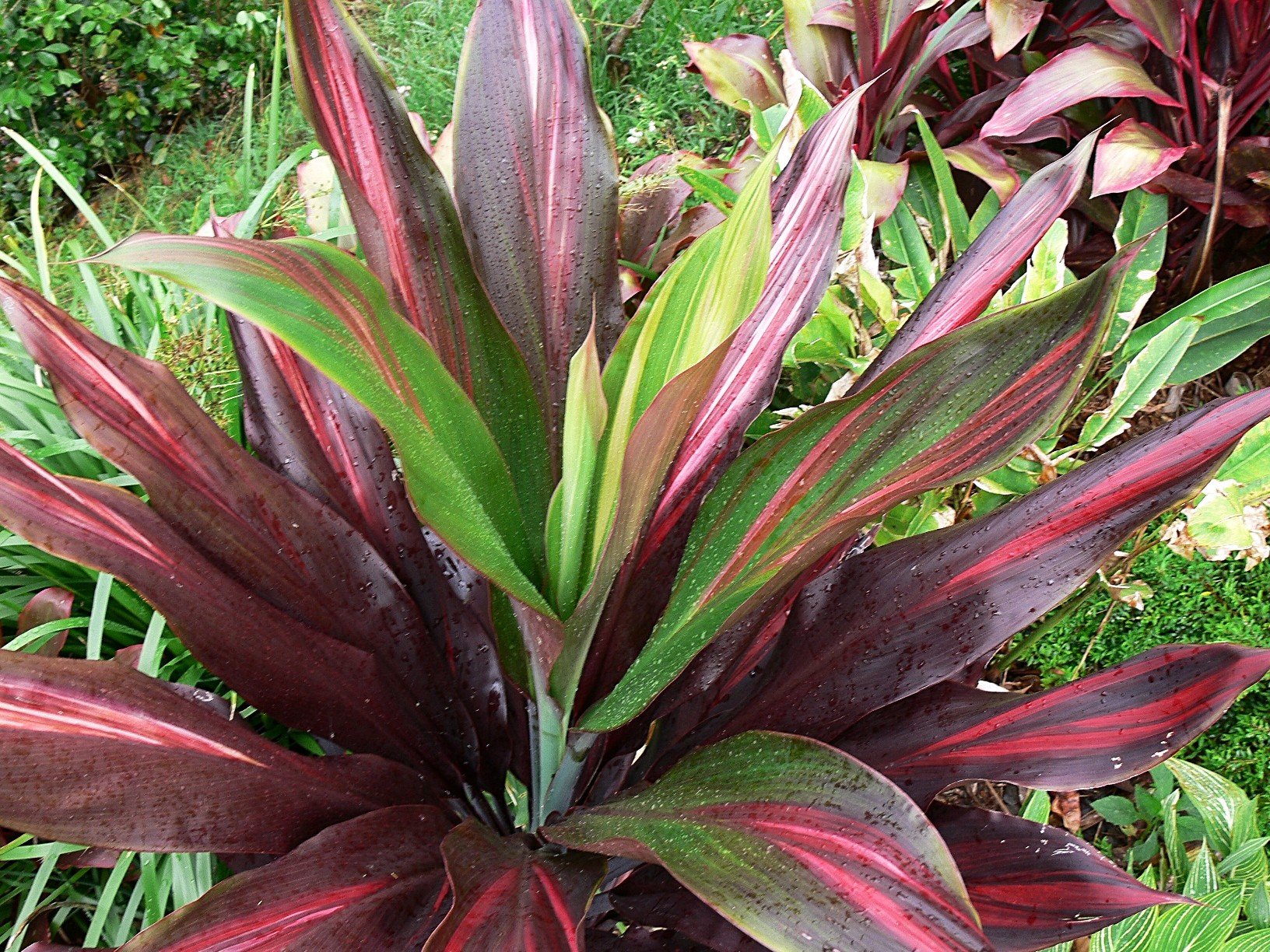
The Cordyline plant is an evergreen shrub that is commonly used as a decorative plant. The Cordyline plant is also known as “Ti.” Regarding characteristics and appearance, the Cordyline plant has spiky leaves that feel like leather while touching. These leaves can have a variety of colors that make them more vibrant and decorative natural material. These Spikey leaves include green, yellow, purple, purple-red, red, white, and more in between.
Some of the Corduline plant species blossom into fragrant flowers that are in cup shape. These flowers might be Pink, lavender, pale lavender, or white flowers that are sweet in smell like the wanted fragrance. Flowering is common for the Cordyline plant species that are used in gardening. But it also happens with a few species that are used at the potting plants or inside the houses.
Though the plant is decorative, has a nice fragrance, and has vibrant foliage, this is toxic for pets like dogs and cats. So, if you have pets, keep the Cordyline plant high enough or in a way that they can’t react to the leaves or the complete Cordyline plant.
For growth, the Cordyline shrub plant needs partial or full sun exposure to get enough photosynthesis. When it is to the type of soil that is suitable for the Cordyline plant, they need well-draining soil. When the soil becomes compact, it does not support the Cordyline plant growth further, and hence, they need the new soil or repotting in the larger pot.
Need for Repotting Cordyline Plants
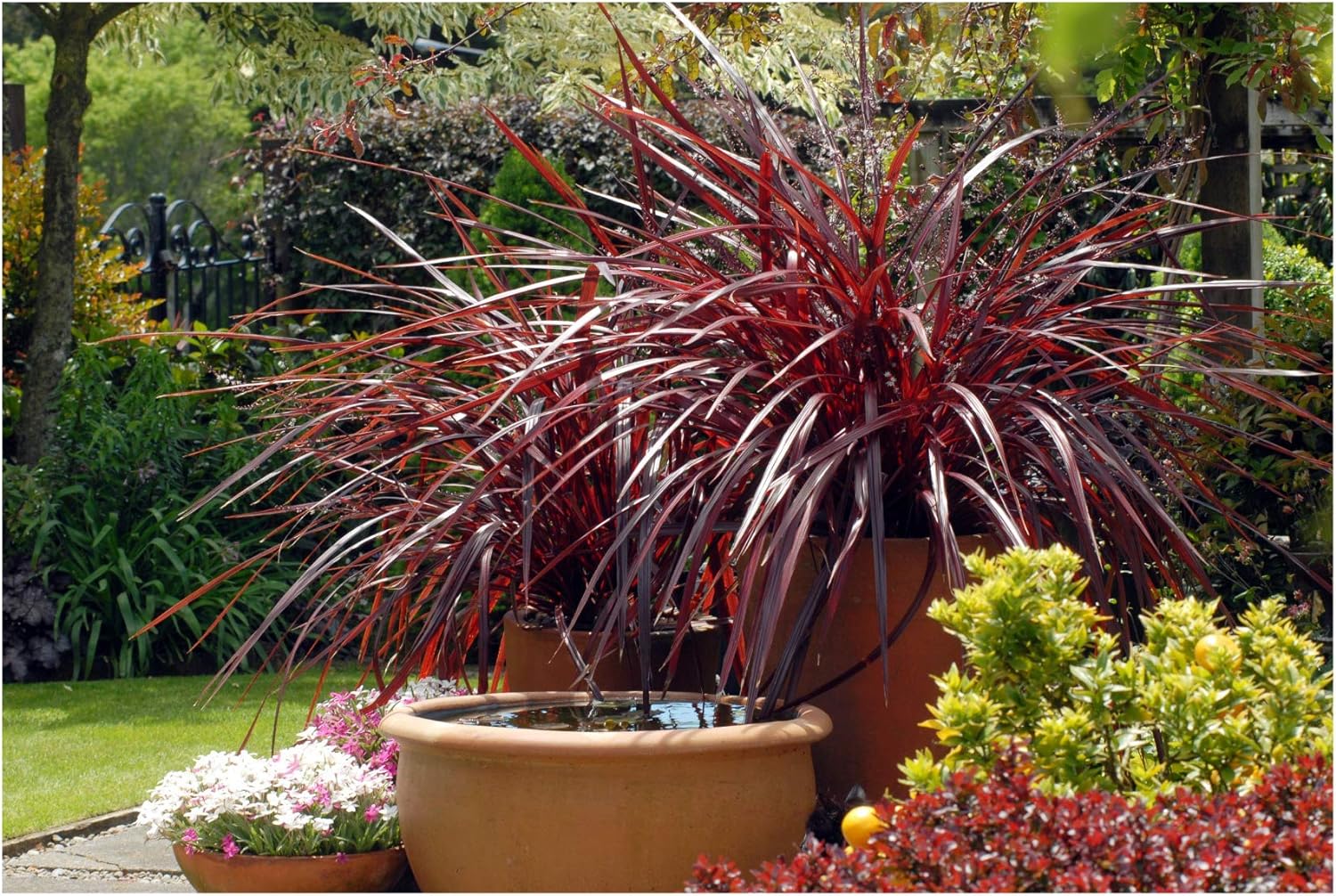
The Cordyline plant is more suitable to cooler climates, where it is forever alive, which means you can see it through the year with its vibrant appearance. Regarding warmer climates, the plant is Perennial and needs suitable conditions for growth and life.
Cordyline plants can grow greatly and occupy a larger space with time and age, where the surrounding plants start feeling disturbed. Or even the pot in which the aOCrdyline shrub is planted seems smaller for it.
When you see the outgrowing roots of the Cordyline plants in the pots, it is time to repot them so that they can get a sufficient and suitable environment to grow. When it comes to the specific season, the best time is around the spring season or summer season. During this time, the Cordyline plant is actively growing and needs enough space to spread its roots and itself.
Also, if you see compacted soil where proper drainage is impossible, your Cordyline plant needs repotting.
How to Re-Pot Cordyline Plant
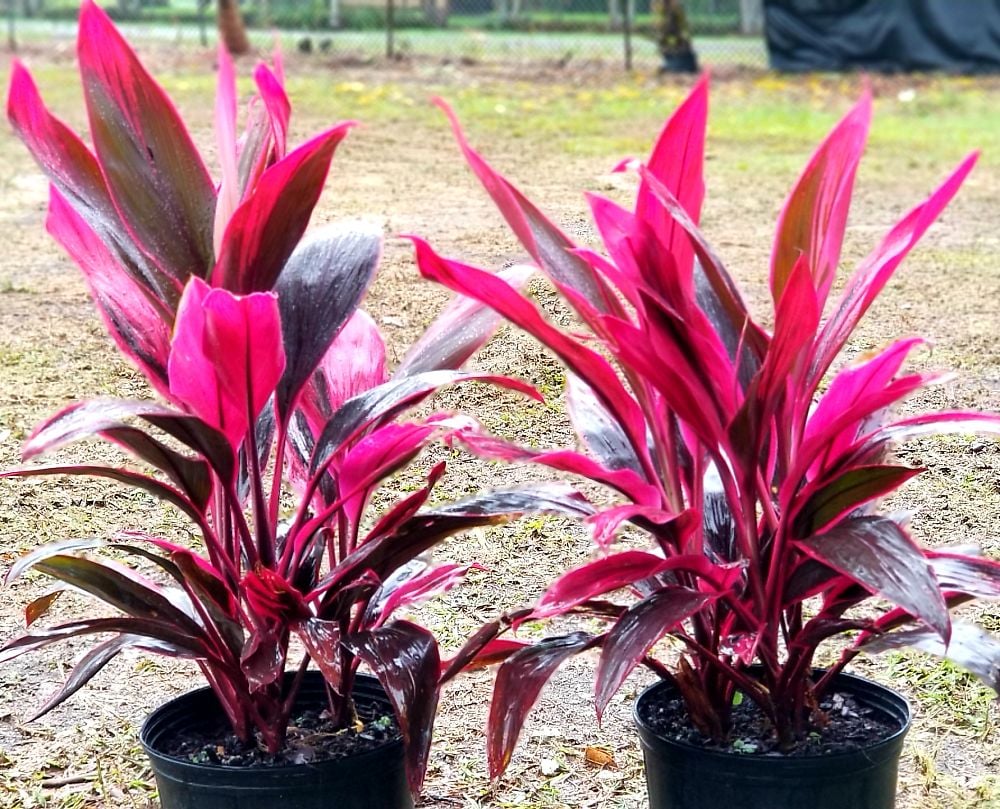
For the repotting of the Cordyline plant, you will need a new pot that is larger as compared to the previous one so that your Cordyline Plant can have sufficient space for the essential things for good growth.
After the large pot, the next requirement is Fresh soil that is used for potting. Collect enough soil that can easily fill approximately one-third the size of the new pot.
Carefully pick up the Cordyline plant from the older pot without damaging much of its root. So gently tug on the pot base and Cordyline plant base, and bring it out from the pot. If needed, use the pruning method to pick up the harder roots that are stuck in the pot or make it a barrier to pull out the Cordyline plant. Clean them before taking the plant to the new pot.
Put the plant in a new large pot, in the right way, where the roots are in the bottom and the main stem or plant line standing in a vertical position. Now, fill the post with the new soil you have collected. Fix the soil around the Corduline plant. Use the level soil, and avoid the compacted soil. When you ensure that the Cordyline plant roots are properly covered with the level soil, put some water in the pot to ensure that the level soil fills the leftover spaces and provides a secure, tight base to the Cordyline plant.
Now, place this pot where the Cordyline plant can get sufficient sunlight exposure that is gentle enough to harm the small plant and its leaves. So try your best to get the sunlight indirectly in enough amount.
Final Thoughts
If you want to make the most from the Cordylines plants, get into the basics and understand more about their survival, roots outgrown, potting, repotting, and maintenance. Learning more about such crucial factors will help you get the most from them.
This post showed you that Cordylines need Repotting to help you understand more about the survival and requirements of the cordyline plants.
If you want more ways to add value to your Home’s Garden or flowering elegance, sign up and get our best strategies sent to your inbox.

